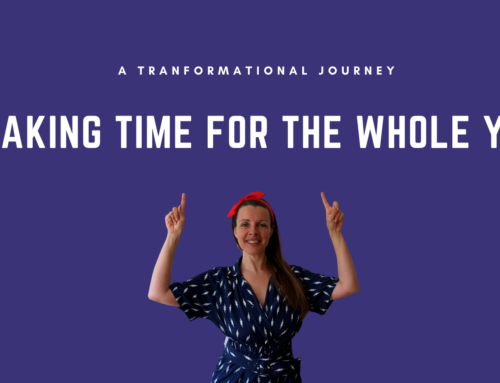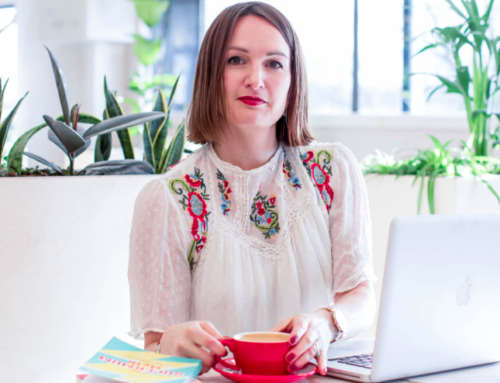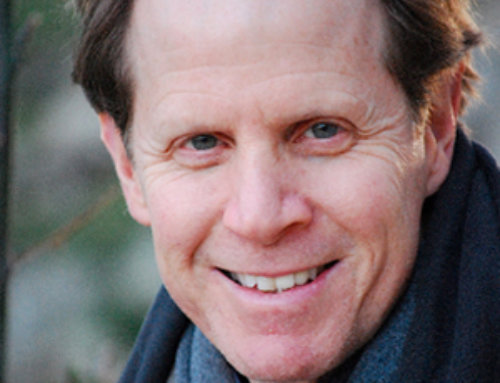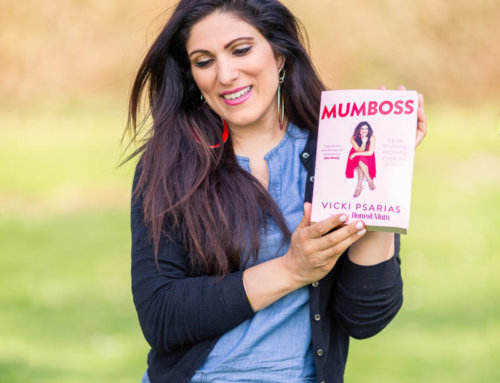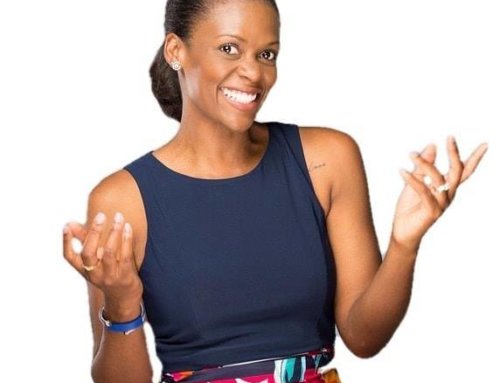It’s no secret that I have a deep love for books. I like so many others, upon having children realised the huge lack of diversity in the books available to me. Beautiful white skinned princesses with blonde hair who lived in quaint castles. It so important that children see themselves represented in books, be that with an afro, in a wheelchair, living in a caravan or with two mums. Don’t even get me on the representation of steps mums, I don’t want to feed my daughter stories that portray them all as evil witches. I want my daughter to feel loved and safe with her step mum. Needless to say when I heard Lynsey from Little Box of Books talk about this subject on breakfast television I could not wait to interview her.
Hi Lynsey. Welcome to No Mum Is An Island. I am a great believer that no mum or dad should have to do everything themselves, we can’t possibly know it all, and we need all the support we can get, there is a wealth of information out there to help us upgrade our parenting experience, to make our lives easier and this website is a hub for just that! We love that you have upgraded your life by using your discovery of faults in the book market to creating a subscription box to help transform the industry supporting children globally to help them to find themselves in the books they read.
You are committed to getting the best of inclusive children’s books for 0-11-year olds into schools and families, to help children better understand the world and their place in it. Can you explain what this looks like?
Children’s books are notoriously unrepresentative. For instance, in research published last year it was revealed that only 4% of children’s books published in 2018 had a BAME main character. With regards to gender, You might not see female characters in children’s books except in the mum role and The only characters with disabilities you will see in kids’ books are pirates or similarly evil ones or baddies. And yet we ask children and parents to read every day. We are asking children to look at a very narrow representation of the world over and over again and narrowing their amazingly inquisitive open, curious minds unnecessarily.
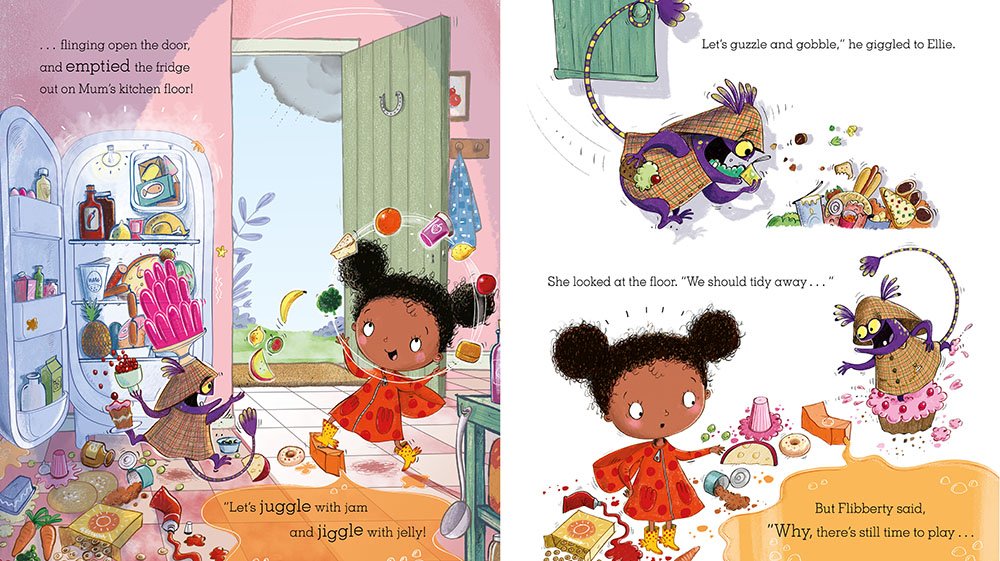
So, we work really closely with publishers and self-published authors to find all the story books that have a diverse cast of characters. We want children’s bookshelves to reflect the people they meet in everyday life, not some weird representation of society left over from the 1950s. Which means we find books that feature blended families, step parents that aren’t wicked, single parents, all incidental to the storyline.
We want to see heroes and main characters of all colours and cultures, helping children to realise they can take the leading role, helping them to recognise and realise their potential. We look for books that challenge disability and gender stereotypes. We find books that reflect the diversity of family set ups in our society, so families with two Mums, some where children live with carers or grandparents and blended families.
We want children to see that their version of normal isn’t the only one, to understand difference with compassion and respect.
If schools are going to give lessons in anti racism and then all the shelves on the books feature white boys going on adventures, those lessons aren’t reinforced by what they’re seeing in real life. It makes them pointless. We want children’s storybooks to broaden our children’s minds, not narrow them.
Can you tell you give us some examples and stats around representation of family models in books compared to real life?
- There are almost 1.8 million single parent families
- There are 18,000 same sex couples with children
- Step families are the fastest growing type of family
- Over 1 million children live in step-families
- There are over 65,000 children in care and over 6000 children adopted or fostered every year
But yet time and time again the family unit shown in books is one that has a Mum and a Dad
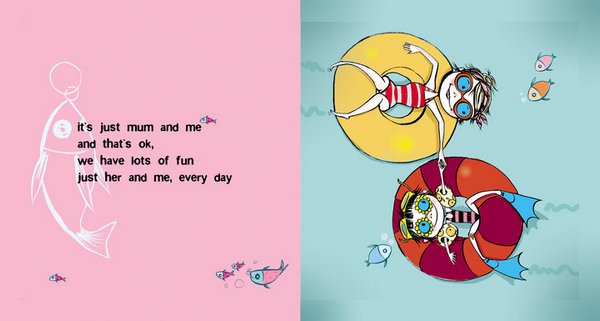
In a recent small study of 150 books by Book Blogger #FRED he found that out of the 83 books they read with animals as the main characters, 63% were male and only 7% were female. How does this effect both boys and girls and their interpretation of the world.
Children have formed their ideas around gender roles by age 7. By this age they will have received thousands of ideas about what is typical male behaviour and what is typical female behaviour, from the adults around them, from TV programmes and adverts and from the books they read. Unless you’re really mindful of what your kids are reading then this can contribute negatively to what children think based on gender. They will learn that boys are the ones in charge, that they’re the ones that go on adventures.
They will learn that it really matters what girls looks like, and that girls ‘should’ be attractive. Often even female animal characters in kids’ books will have long eyelashes and be more curvaceous. They will see females in a caregiving nurturing role because they’re often only present in stories in a Mum role. All of this is damaging to boys and girls, damaging to their expectations, and cementing limited understanding of what it means to be a boy or a girl having developed these ideas subconsciously through the media they consume.
How can we campaign our schools and local libraries to have more representational books?
Ofsted have a new focus on schools being inclusive places that celebrate diversity. Head to our blog in this very topic to understand a little more about what we can do to help schools during Ofsted prep https://littleboxofbooks.co.uk/2020/01/16/ofsted-and-how-we-can-help/
But as a parent or a governor ask to speak to the literacy lead of your primary school and ask to see the bookshelves in classrooms and the library if they have one. Ask them how they represent racial and cultural diversity in the story books they’re asking the children to read. How are they helping all children to feel seen and to help children understand that there are a whole load of ways to be normal?
If you’re not satisfied with their answer, you can ask them for an email address and I would be more than happy to get in touch with them to help out. Lots of schools are crying out for the books we provide so make sure you give them all of our information so they can get in touch, then follow up with them after a few weeks. If schools say they have np money for books we do a lot of work with PTAs who often fundraise to provide inclusive books. Perhaps that’s an option you can explore.
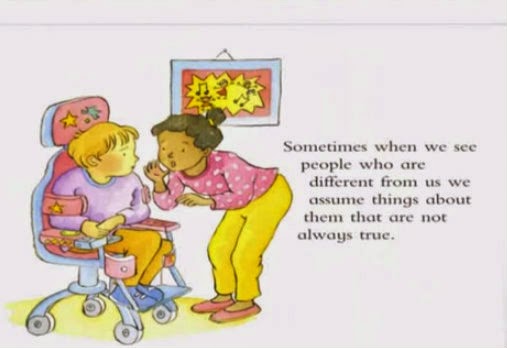
What can families who subscribe to Little Box of Books expect?
Every month we select up to four books that reflect the diversity of our society. IN each box there is a free gift and some puzzles and activities and an update from our charity partner Doorstep Library. For every box we sell we donate a book to Doorstep Library who read with children living in some of the most disadvantaged parts of London. Supporting families with literacy and reading materials.
Spending time in the books that we send will help your child to grow in their understanding of the world. Will help them to not label or expect certain things from people based on skin colour, gender or disability.
A subscription with us will diversify your child’s library and will mean lots more books going to children who don’t have any, through Doorstep Library!
Is there anything else you would like to share?
It’s crucial that we pay attention to what our young children are reading and watching.
I know. It can be torturous but TV programmes and books have a huge influence on how children see the world. Our friends at Sonshine have watched a lot of children’s TV and done a summary of what they might be learning here. Check out their piece here.
And watch what your children are learning from adverts, they are seeing some of the worst stereotyping happens when they are face first in ad breaks without you even noticing.
CBeebies and CBBC are usually good for representation.
You can order the box from https://littleboxofbooks.co.uk and follow them on Instagram

